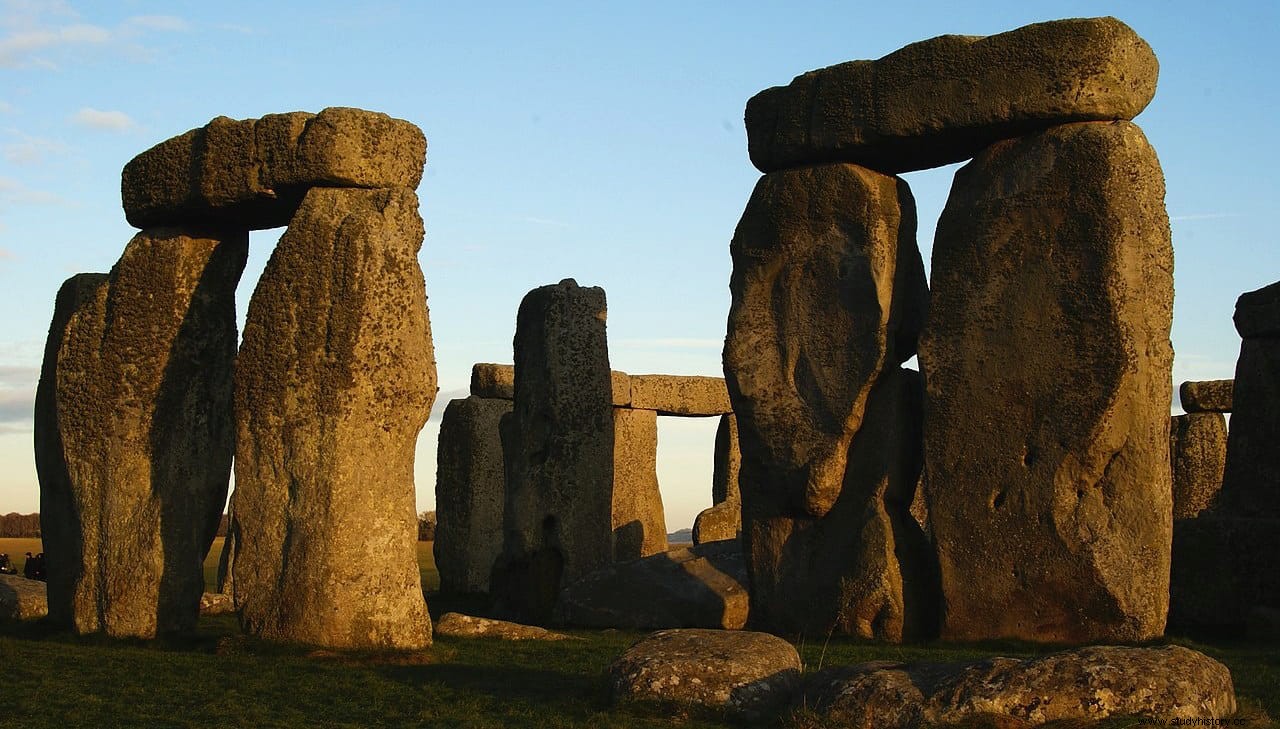The famous site of Stonehenge was long thought to serve as an ancient calendar, given its alignment with the solstices. Now a study has identified how it might have worked.
New findings on the history of the stone circle, along with analysis of other ancient calendar systems, led Professor Timothy Darvill to take a new look at Stonehenge. The analysis of it, published in the magazine Antiquity , concluded that the place was designed as a solar calendar.
Stonehenge's clear solstice alignment has led people to suggest that the site included some sort of calendar, ever since antiquarian William Stukeley said Professor Darvill of Bournemouth University. Now, the discoveries have brought the issue into clearer focus and indicate that the site was a calendar based on a tropical solar year of 365.25 days .

Crucially, recent research has shown that the Stonehenge sarsen stones were added during the same construction phase, around 2500 BC. They came from the same area and subsequently remained in the same formation. This indicates that they functioned as a single unit.
Therefore, Professor Darvill analyzed these stones, examining their numerology and comparing them with other known calendars from this period. He identified a solar calendar on their display, suggesting that they served as a physical representation of the year that helped ancient Wiltshires keep track of days, weeks, and months.
The proposed calendar works very simply. Each of the 30 stones of the Circle of Sarsen represents a day within a month, divided in turn into three weeks of 10 days each said Professor Darvill, noting that the circle's signature stones mark the beginning of each week.

In addition, a five-day leap month and a leap day every four years were needed to coincide with the solar year. The intercalary month, probably dedicated to the local deities, is represented by the five trilithons in the center of the site , said Professor Darvill, the four station stones outside the Sarsen Circle provide markers for notching until a leap day .
Thus, the winter and summer solstices would be framed by the same pairs of stones each year. One of the trilithons also frames the winter solstice, indicating that it could be the new year. This solstitial alignment also helps calibrate the calendar:any errors in counting the days would be easily detectable, since the sun would be in the wrong place at the solstices.
Such a calendar, with 10-day weeks and extra months, may seem unusual today. However, calendars like this one were adopted by many cultures during this period.

This type of solar calendar developed in the eastern Mediterranean in the centuries after 3,000 BC. and was adopted in Egypt as the civil calendar around 2700 and was widely used at the beginning of the Old Kingdom, around 2600 BC explains Professor Darvill. This raises the possibility that the calendar that Stonehenge follows may come from the influence of one of these other cultures. Nearby finds point to such cultural connections:The Amesbury Archer, buried nearby around the same time, was born in the Alps and moved to Britain in his teens.
Professor Darvill hopes that future research can shed light on these possibilities. Ancient DNA and archaeological artifacts could reveal connections between these cultures. However, the identification of a solar calendar at Stonehenge should transform the way we see it.
The discovery of a solar calendar represented in the architecture of Stonehenge opens a whole new way of seeing the monument as a place for the living , he said, a place where the timing of ceremonies and festivals was connected to the very fabric of the universe and the celestial movements in the heavens .
